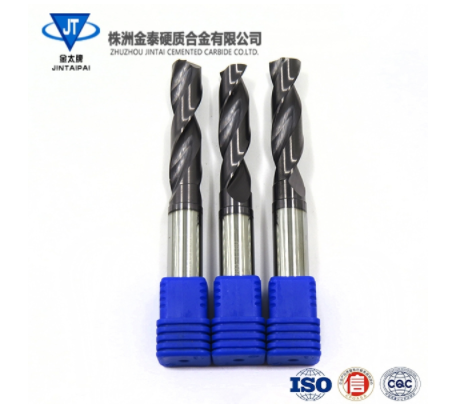Carbide blades are mainly made of alloy steel, high-speed steel, edged steel, all steel, tungsten steel and other materials. Using unique heat treatment processes and imported mechanical processing equipment, the various performance indicators of the alloy blades produced for slitting machines reach National industry standards.
Carbide inserts are a type of high-speed machining cutting inserts widely used in the machinery production industry. Carbide is produced through a powder metallurgy process and consists of hard carbide (usually tungsten carbide WC) particles and softer metal binders. Composition, using carbide blade processing can bring better surface roughness to users. The alloy blade has strong impact resistance and the blade will not break suddenly, making it safer to use.
Currently, there are hundreds of alloy blades with different compositions, most of which use cobalt as a bonding agent. Nickel and chromium are also commonly used bonding elements, and some other alloying elements can also be added. Why are there so many hard horns? How do alloy insert manufacturers choose the right insert material for a specific cutting operation?
The material properties of cemented carbide inserts are the basic factors that affect the surface quality, cutting efficiency and insert service life. During cutting, the cutting part of the blade is directly responsible for the cutting work. The cutting performance of alloy blades mostly depends on the material that makes up the cutting part of the blade, the geometric parameters of the cutting part and the selection and design of the circular blade structure.
The productivity and blade durability of carbide blades during cutting, blade consumption and processing costs, processing accuracy and surface quality, etc., all depend to a large extent on the reasonable selection of blade materials. Selecting alloy blade materials is one of the important aspects of designing and selecting blades.
Hardness is the basic characteristic that carbide insert materials should have. For a carbide insert to remove chips from a workpiece, its hardness must be greater than the hardness of the workpiece material. The second is the heat resistance of the carbide insert. Heat resistance is the main indicator of the cutting performance of the insert material. It refers to the performance of the blade material to maintain a certain hardness, wear resistance, strength and toughness under high temperature conditions. In many cases, finished workpieces require coating. The coating provides the lubricity and hardness of a carbide insert, and provides a diffusion barrier to the substrate to prevent oxidation when exposed to high temperatures. The alloy insert substrate is critical to the performance of the coating.
Post time: Sep-10-2024













